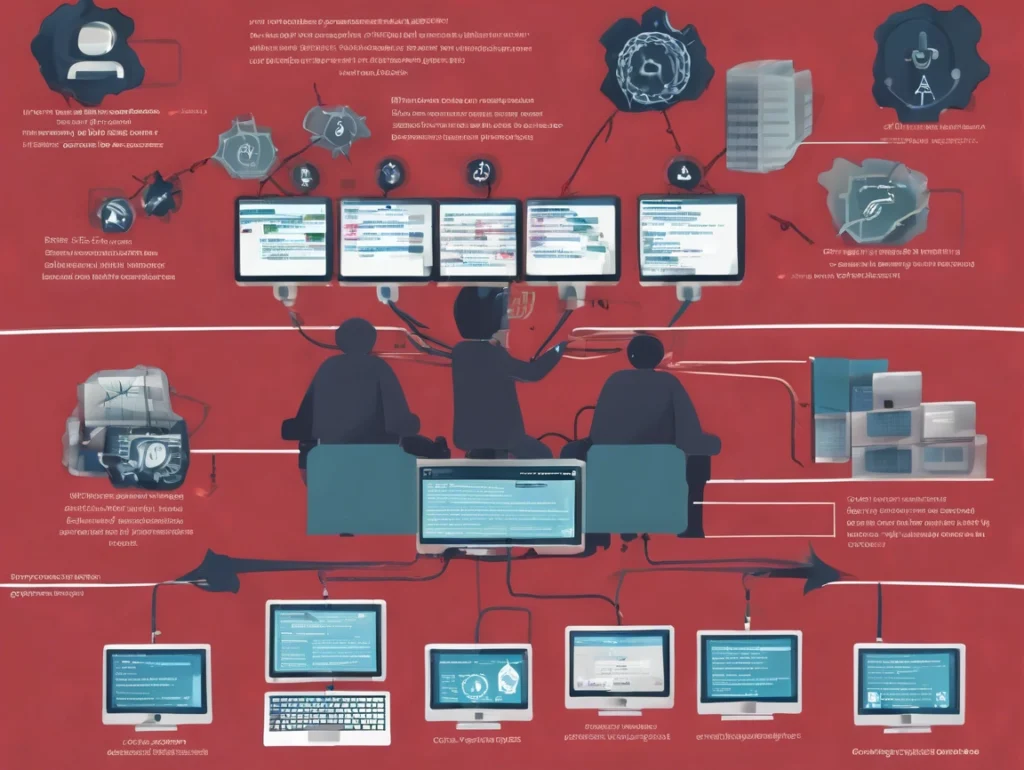Penetration Testing Service
In today’s digital landscape, cybersecurity is more critical than ever. Penetration testing service is one of the most effective ways to uncover and address vulnerabilities in your systems, applications, and network infrastructure before malicious actors can exploit them. At TEKYHOST, we provide comprehensive penetration testing services to help you identify security weaknesses and strengthen your defenses.
Our Pen Testing Service
We offer a variety of penetration testing services tailored to meet your unique needs:
Network Penetration Testing
Web Application Penetration Testing
Wireless Network Penetration Testing
Social Engineering & Phishing Tests
Why Companies Need Penetration Testing?
Penetration testing, also known as ethical hacking, is a simulated cyberattack on your systems, applications, or network to identify vulnerabilities that hackers could exploit. Our team of certified security experts mimics the tactics, techniques, and procedures of real-world attackers to uncover potential security gaps.
Identify Vulnerabilities
Uncover weaknesses before attackers do.
Compliance
Meet industry standards and regulatory requirements (e.g., PCI DSS, HIPAA).
Risk Management
Understand and manage the risks to your data and business operations.
Prevent Data Breaches
Protect sensitive customer information and intellectual property.
How Our Penetration Testing Works
Pre-Engagement Scoping
We begin by discussing your specific goals, risks, and requirements to customize the engagement.
Reconnaissance & Information Gathering
We collect as much information as possible about your systems, network, and applications.
Vulnerability Identification
Our experts scan and analyze your systems for known vulnerabilities.
Exploitation & Attack Simulation
We attempt to exploit identified vulnerabilities to determine their potential impact and severity.
Reporting & Remediation
Once testing is complete, we provide a detailed report with findings, risk ratings, and actionable remediation advice.
Retesting
After remediation, we offer retesting to ensure all identified vulnerabilities have been successfully addressed.
Pen testing related articles
This series of articles will dive deep into the various aspects of penetration testing, from understanding the newest threats and vulnerabilities to implementing effective defense strategies. We’ll explore best practices, emerging trends, and actionable tips to help you navigate the complex world of digital security with confidence.
Looking for IT Security Audit?
Talk to us about your current business needs and future IT goals, so we can help choose the right technology to move your business forwards.



